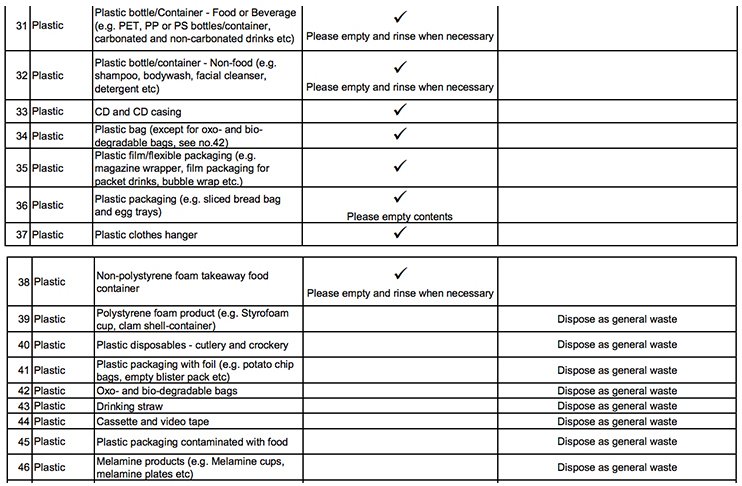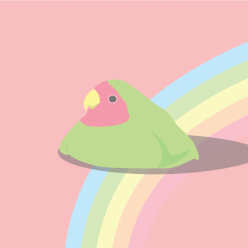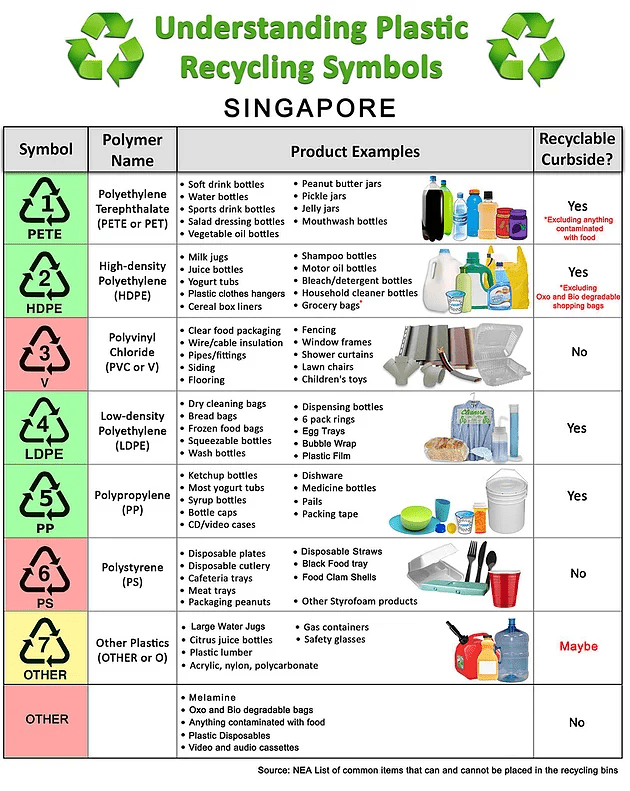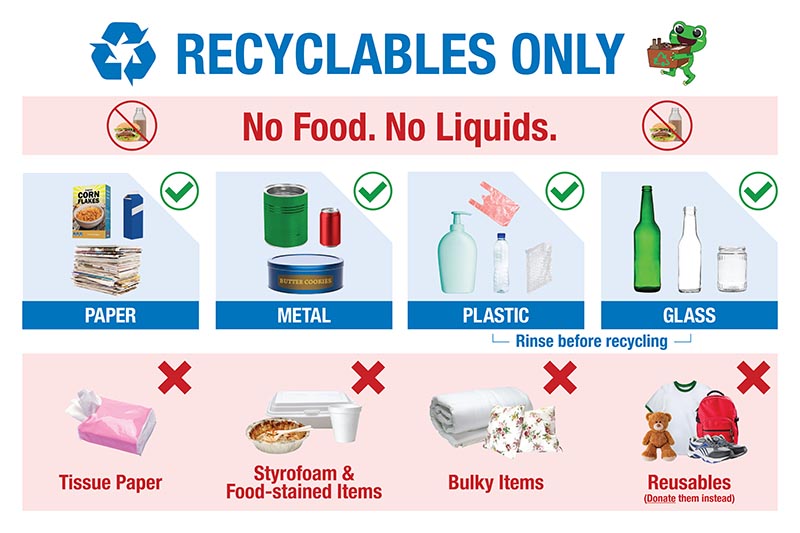Personal Thoughts
Many say that we are supposed to leave a world for the future generation that is better than before. The previous generations worked really hard to provide and create a lifestyle that will be comfortable for all of us, but it has come with an environmental cost that we should solve so that the future generations will be able to enjoy this life that was built by generations of innovation and hard work. Don’t let the minor inconveniences you face now result in a lifetime of more inconveniences?
Negative effects of plastic/not recycling
1. Plastic is ubiquitous (it’s found everywhere!): As litter in our cities, piling up in our oceans, in landfills, on Mount Everest, clogging up our drains, and more!
2. Plastics are not biodegradable: Plastics are made with extremely carbon-carbon bonds with each other, which is not present in nature. Decomposers/Microorganisms are not able to break them down like organic matter (e.g. food waste, dead animals) as they are not organic!
3. Plastics kill wildlife: Plastic debris can be entangled with animals, Animals can mistaken plastic as food and starve to death because the plastic they ate makes them feel full but they are actually not! There will be a higher chance of animals ingesting plastic if plastics continue to accumulate.
4. Plastics are present in our food and water: Most of the plastics that were produced in the 1950s were not recycled, thus it is broken down into smaller particles now and make their way into our water sources like lakes, rivers, and oceans, eventually contaminating our food and water.
5. Bioamplification: refers to an increase in the concentration of a substance as you move up the food chain. These persistent pollutants are transferred up the food chain faster than they are broken down or excreted. As humans are (sort of) the last organism in the food chain (decomposers are next), we will consume more plastic than other organisms, and it can expose us to more harmful chemicals that can lead to reproductive harm and obesity, organ problems and developmental delays in children.
6. Produce more plastic: If not recycled properly, more raw materials have to be sourced, i.e. plastic is made from fossil fuels, so if we produce more plastic instead of recycling it means we have to extract more fossil fuels which are already limited! The raw materials could have been made for other uses, e.g. for transport or to power up our houses.
https://mercurypolicy.scripts.mit.edu/blog/?p=499
Waste statistics in Singapore
| Waste Type | Total Disposed (tonnes) | Total Recycled (tonnes) | Total Generated (tonnes) | Recycling Rate |
|---|---|---|---|---|
| Construction debris | 6,600 | 1,617,900 | 1,624,500 | 99% |
| Ferrous metal | 9,300 | 1,260,200 | 1,269,500 | 99% |
| Non-ferrous metal | 1,700 | 169,600 | 171,300 | 99% |
| Used slag | 2,300 | 178,900 | 181,200 | 99% |
| Scrap tyres | 3,200 | 29,300 | 32,500 | 90% |
| Horticultural | 151,100 | 370,100 | 521,200 | 71% |
| Wood | 131,800 | 187,900 | 319,700 | 59% |
| Paper/Cardboard | 467,400 | 586,400 | 1,053,800 | 56% |
| Glass | 51,500 | 12,200 | 63,700 | 19% |
| Food | 636,900 | 126,200 | 763,100 | 17% |
| Ash and sludge | 215,200 | 24,600 | 239,800 | 10% |
| Textile/Leather | 205,800 | 14,000 | 219,800 | 6% |
| Plastic | 908,600 | 40,700 | 949,300 | 4% |
| Others (stones, ceramic, rubber, etc.) | 274,300 | 11,400 | 285,700 | 4% |
| Total | 3,065,700 | 4,629,400 | 7,695,100 | 60% |
Source: https://www.nea.gov.sg/our-services/waste-management/waste-statistics-and-overall-recycling
The HIGHEST waste type disposed of in Singapore in 2018 was Plastic at 908,600 tonnes with the LOWEST recycle rate of only 4% at 40,700 tonnes. This is a problem because it adds to the waste that is incinerated and dumped at Pulau Semakau which is already filling up rapidly. It was projected to run out of space by 2035, but because of the increasing waste disposed of in Singapore, the first Zero Waste plan plans to reduce waste by 30% to extend its lifespan.
Singaporeans use 820 million plastic bags from supermarkets each year, which is an average of 146 plastic bags per person (126x land area of Gardens by the Bay), 472 PP disposables (3x landmass of Sentosa), and 467 million PET bottles (94 Olympic sized swimming pools/6x the length of Singapore).
Why are we not recycling more?
60% of Singaporean households recycle regularly, but many are not doing it right. According to the Ministry of Environment and Water Resources (MEWR) and National Environment Agency (NEA), wrongly recycled items like old toys, clothes, soiled food packaging contribute to the high contamination rate of the recyclables collected from the blue recycling bins. 40% of the load collected in blue recycling bins are tainted, which wastes the efforts of those who wanted to recycle properly, as items that are tainted are considered trash and cannot be recycled.
According to the same survey, for households who did not recycle regularly, the most common reasons were related to convenience. Some said there are too few items to recycle, being too busy or tired, or not having enough space at home to accumulate recyclables.
As for plastic recycling, about 70% of the people in Singapore do not fully understand what kinds of plastic can be recycled, resulting in the majority of plastic products being disposed of as general waste.
We are highly dependent on plastic: we use it to keep our food clean, we use it as a carrier, we use it to build things. Plastic, although is harmful to our environment, is something that we have been using for most of the century and has been beneficial and brought convenience to our lives. However, more has to be done and thought about whether this lifestyle dependent on plastic can be sustainable in the long run.
Singapore recycling plants (what do they collect, how do they do it – single stream)
Singapore utilizes the single-stream recycling system where paper, plastic, glass and metal recyclables are deposited into the same blue recycling bin and collected by the public waste collectors (PWCs). The mixed recyclables are then sent to Materials Recovery Facilities (MRF) for sorting, then sent to recycling facilities for further processing.
Plastics are sorted into their types, melted, and made into pellets which then can be used as material for new products.

Website
Recycling symbols
Source: https://orgayana.com/home/how-do-i-recycle-in-singapore/
Current measures in Singapore to encourage Recycling
1. Role-playing: Ah ma was given the chance to live the zero-waste challenge for a week as encouraged by the granddaughter.
2. New non-landed private homes are required to install dual chutes for refuse and recyclables. All new Build-To-Order (BTO) Housing and Development Board (HDB) flats already have installed recycling chutes adjacent to centralised refuse chutes at every level since January 2014. As such, public education for recycling needs to be stronger! If Singaporeans are able to cultivate the habit of bagging their trash before dumping it into the rubbish chute, I’m sure recycling can be one of them too!
3. Singapore encourages a circular economy, which is an alternative to the traditional linear economy (take, make, waste). It seeks to reduce waste, recovers resources at the end of a product’s life, and channels them back into production, thus significantly reducing pressure on the environment. An example of how the circular economy can be used for plastic: recycled plastic –> melted homogeneous plastic –> turned into plastic pellets –> plastic pellets used as materials for new products
4. There have been many visual-based campaigns to encourage people to recycle and to recycle the right way. Some examples are the recycling bin label, recycling right videos (in different languages too!), let’s recycle together poster campaign, Towards Zero Waste website and a recycling mobile application by Sempcorp that schedules for door collection of recyclables in exchange for cash.

https://graphics.straitstimes.com/STI/STIMEDIA/Interactives/2019/11/singapore-plastic-problem-pet-bottles/index.html?shell
Current measures in Singapore to encourage people to do stuff/build up a habit:

Healthy 365 is a health and diet tracking mobile application by the Health Promotion Board. It has challenges to encourage users to live a healthier lifestyle. E.g. the National Steps Challenge encourages users to take 10,000 steps a day to earn the points and redeem it for $5 or $10 vouchers. I think it’s a great way to encourage Singaporeans to build a habit as we all love money… However, as a user of the app, I observed something which most users may do too. I used this app for the steps challenge because I wanted to earn the vouchers, but after I completed the challenge and there was no more monetary incentive for me, I just stopped using the app to keep track of my health/diet. Although some may continue to keep up with their habits, I think it may only be a short term solution. (Candy Crush, Pokemon Go?)

Recycle n Save is a Joint Initiative by F&N and NEA that uses reverse vending machines to encourage citizens to build up a habit of recycling. At the start of the program, people were rewarded 20 cents for every 4 containers (PET bottles/aluminum cans) they put into the reverse vending machines. It was working really well with long lines of people queuing up to recycle their containers. However, many questioned whether people were abusing the incentives and whether it was effective in encouraging people to build a recycling habit or not. The rewards were later adjusted to 20 cents for every 20 containers which discouraged people to recycle as they think it’s not worth queuing for 2 hours that little incentive.
Source: https://mothership.sg/2020/01/recycling-vending-machines-incentives-change/
Other solutions to build up habits
Forest is an app that helps users to stay away from their smartphones and stay focused on their work.
Measures in other countries to encourage Recycling
Residents have to sort their waste into seven multicoloured categories at home – green for food, pink for textiles, grey for metal, yellow for paper, blue for newspaper, orange for plastic and black for mixed. Also, for the past four years, people have been able to drop off their unwanted goods for recycling at Bergström’s secondhand mall.



